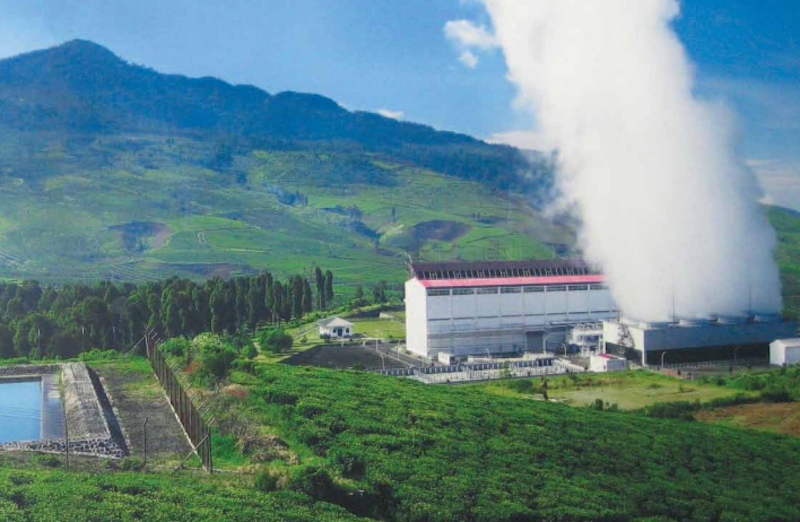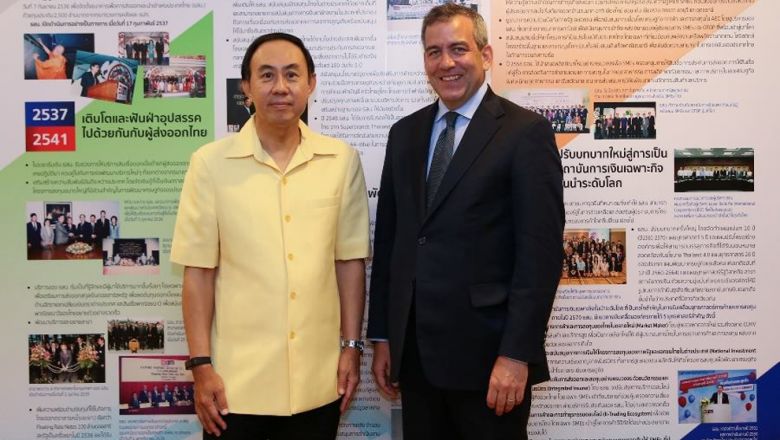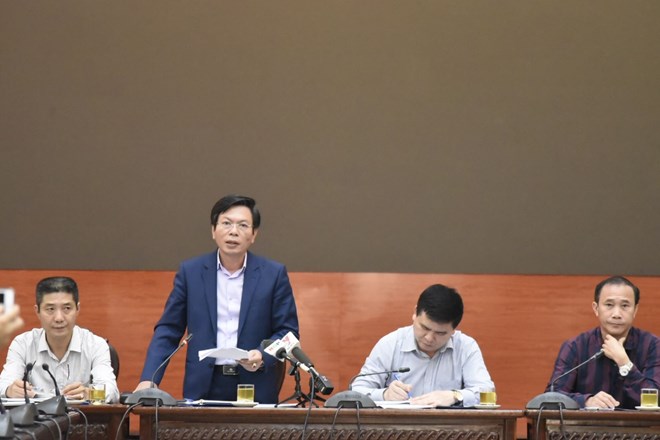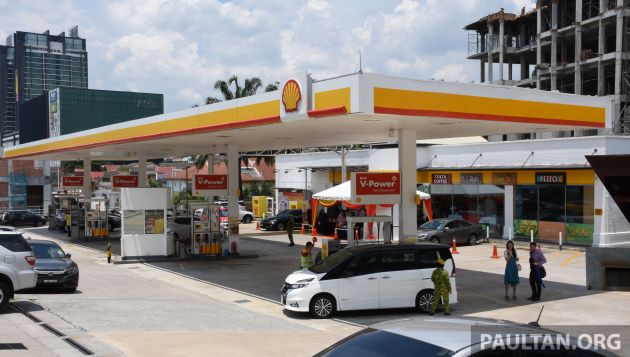Indonesian steel manufacturer Ispat Indo and Nestlé Indonesia have pledged to do everything in their power to cut global warming through improving the efficiency of their cooling equipment, following recognition at the Sustainable Business Awards Indonesia.
Ispat Indo won in the Best Cooling Efficiency section of the awards, organized by Global Initiatives. The new category recognized how action on cooling can make a massive contribution to the fight against climate change. The company was recognized for setting clear targets to monitor consumption, which drives efficiency, and for continuously upgrading and replacing its cooling systems to create greater efficiency. Now the company plans to do even more to increase its cooling efficiency.
“A good cooling system process is the key to success of the production process that we run. The efficiency of the cooling system process will have a positive impact on our company,” said Agus Barliandi, Deputy General Manager, PT. Ispat Indo. “We plan to select more energy saving equipment and look for environmentally friendly substitutes for cooling gases. With the success of the two plans, we will have a positive impact on environmental conservation and help prevent global warming.”
Global Initiatives, in partnership with the Kigali Cooling Efficiency Program (K-CEP), developed the new award to recognize the leadership and innovation of companies developing and adopting the most efficient cooling technologies.
Nestlé Indonesia and United Tractors also received special recognition in the category. Nestlé has an energy efficiency policy that focuses on industrial refrigeration and has implemented numerous initiatives to reduce energy consumption from cooling systems. United Tractors calculates its cooling loads and implements initiatives to reduce energy consumption, such as installing a variable refrigerant flow system and changing the indoor temperature based on building occupancy.
“We aim to develop our business while improving our environmental performance, including on our cooling efficiency system, which has allowed us to improve energy efficiency and mitigate climate change,” said Mahendra Kusuma, Corporate SHE Manager, Nestlé Indonesia.
The importance of action on cooling
Cooling, in its current form, is energy intensive, expensive and polluting. With growing economic status and rapid urbanization, the demand for cooling systems, such as air conditioners and refrigerators is rising substantially.
In air conditioning alone, the number of units in use is projected to rise from 1.2 billion to 4.5 billion by 2050, driven by rising incomes and a shift to the Global South. Business as usual will see the sector grow 90 per cent by 2050 over 2017 levels.
This demand could lead to an increase in greenhouse gas emissions from not only the higher electricity consumption, but the hydrofluorocarbons (HFCs) that are used as cooling agents. If these gases are not managed, they could account for close to 20 per cent of climate pollution by 2050.
“Ispat Indo and Nestlé’s willingness to push on cooling efficiency could pave the way for other businesses to do the same. Growing electricity demand for cooling is one of the most critical blind spots in today’s energy debate. Making cooling more efficient could yield multiple benefits, making it more affordable, more secure and more sustainable,” said Mark Radka, Chief, Energy and Climate Branch at UN Environment.
Looking at Indonesia alone, it is estimated that there will be an increase of 15 per cent per year in commercial and private sector usage of cooling systems like air-conditioners and refrigerators. A recent study by Eco-business on “Freezing in the Tropics” found that Indonesian consumers could save nearly US$690 million per year by 2030 by keeping pace on cooling efficiency with ASEAN neighbours.
The Kigali Amendment to the Montreal Protocol, which on 1 January 2019 started phasing down hydrofluorocarbons, provides a huge opportunity to tackle the issue. If fully ratified by member states, this amendment can deliver almost 0.4°C of avoided warming from addressing these gases alone.
The required refit and redesign of cooling equipment opens up a window to do more. At the 30th Meeting of the Parties to the Montreal Protocol in late 2018, the Montreal Protocol’s science panels found that combining the phase down hydrofluorocarbons with energy efficiency gains could double the climate benefits. The Kigali Cooling Efficiency Program focuses on the energy efficiency of cooling to increase and accelerate the climate and development benefits of the Kigali Amendment.
UN Environment hosts the Secretariat for the Montreal Protocol, and is deeply engaged in creating more sustainable cooling solutions, through assisting Parties to implement the Kigali Amendment and by maximizing the potential of district energy, which can bring cooling to homes and businesses by using seawater and other sources.
To make the transition to sustainable cooling, it will be critical to build awareness, recognize industry leadership, and encourage more companies to invest in and scale up usage of cooling efficiency technologies.












